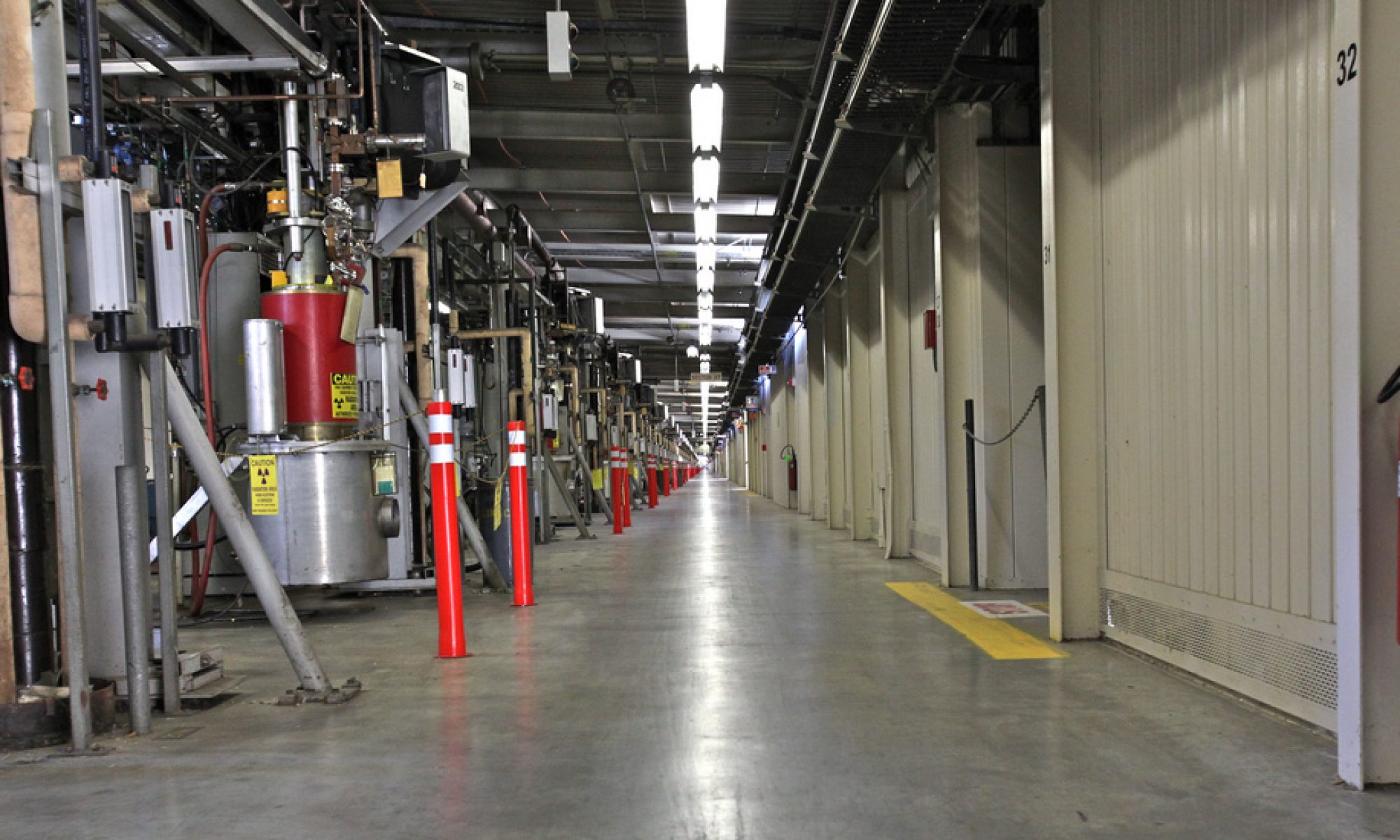E=mc^2 gets all the fame and press. That’s because this deceptively simple equation hides a rich spectrum of insights which still have ripple effects on the modern world. It tells us that a large input of energy is needed to generate a little mass; the flip-side of that statement is that if you can effect a small change in mass, you can get a LOT of energy. It was that realization, and a ton of hard work by both engineers and physicists, that led to the first atomic weapons. To this day, we feel the effects of those insights. The consequences of nuclear proliferation are still with us, the threat of loose nukes an omnipresent reality in modern geopolitics.
E=mc^2 has done more than destroy cities or create new political entanglements. Converting mass to energy, as through the annihilation of matter and anti-matter in the PET scan, saves lives. Nuclear power created a new industry, a new way to generate electricity, and new challenges both in engineering and politics.
But E=mc^2 is only one half of a greater story. The general equation relating energy, mass, AND motion is E^2 = (mc^2)^2 + (pc)^2 – that second part encodes the effect of motion on energy. Just as this equation is interesting when nothing is moving (p=0), it’s interesting when there is no mass (m=0).
No mass means all of a body’s energy arises from its motion. Without motion, it does not exist. E = pc is the beginning of something greater, though at first that may not be terribly obvious. This equation, the forgotten fraternal twin of E=mc^2, carries with it an important requirement: if you are going to have no mass, you must move at the speed of light. This revelation teaches us something about light itself – that regardless of its other properties, it has no mass-energy. It is all movement, yet it transmits inertia from one place to another.
The fact that E=pc requires mass-less things to move at the speed of light arises from a mathematical necessity; due to the definition of momentum, p, in relativity, the only way that a mass-less object can do anything but not exist at all is that it must move at the speed of light.
However, that’s all this equation can tell us. The mathematical requirement that E=pc means the object moves at the speed of light leaves us with an otherwise undefined equation; that’s because p depends on both the mass (which is zero) and a function of velocity that returns infinity when the speed is that of light. This zero and this infinity compete to keep energy from being trivially zero, but in doing so give us no further insight into light.
The parallel revolution of quantum physics and the discretization of energy in radiation was needed to make progress on light itself. Quantum physics gives us the framework to describe the energy and momentum of light, in terms that are definite.
E=pc is often forgotten in all the excitement about the benefits, powers, and geopolitics of E=mc^2. Yet, E=pc is a gateway into the very nature of light. Light is so fundamental to life, and interactions among the living, that it is no less important than matter. In the study of E=pc, and the nature of radiation, we eventually come full circle on the relationship between energy and matter. That’s a story for another time. For now, let’s just quietly adore E=pc.

